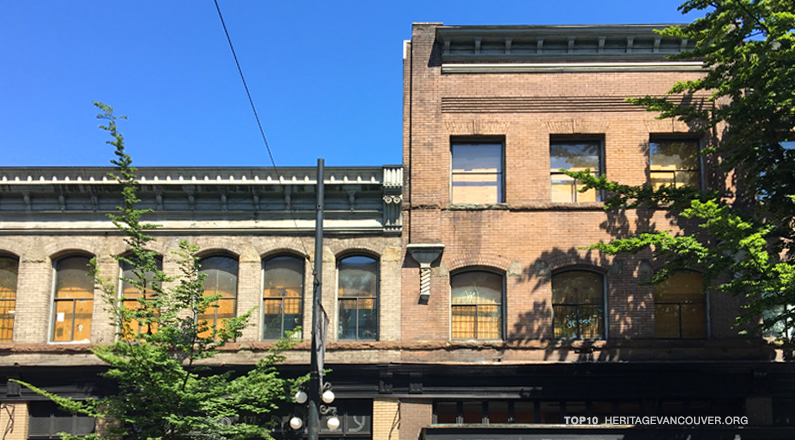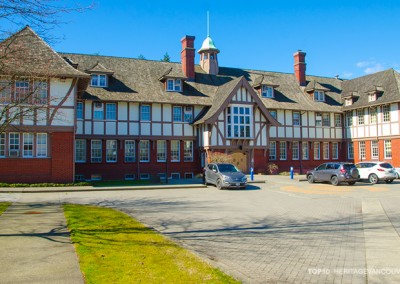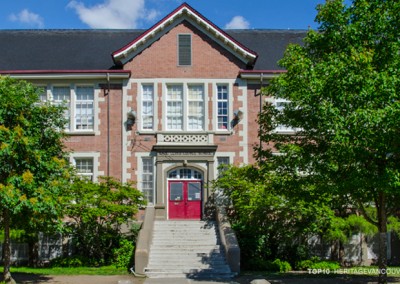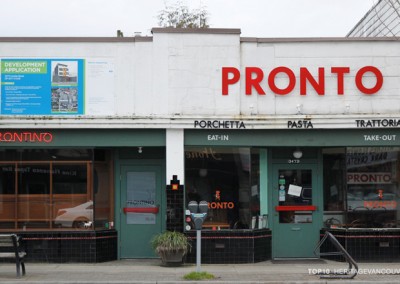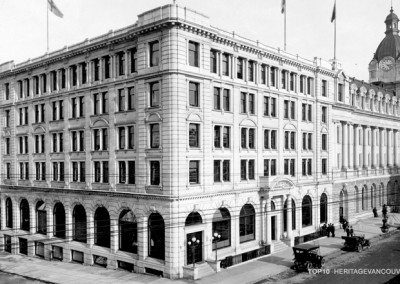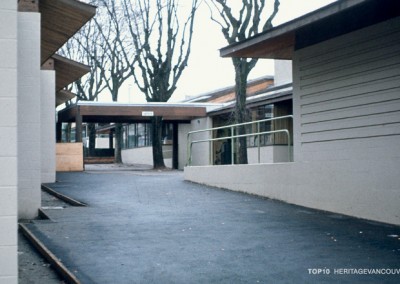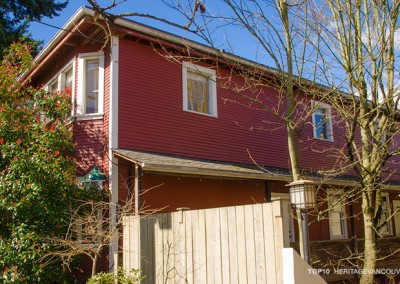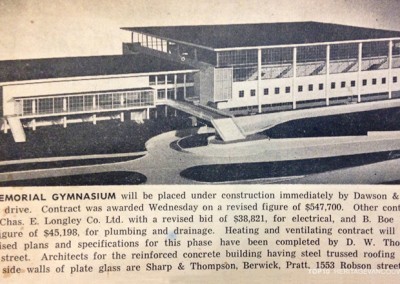Over several decades, Gastown has grown into a vibrant enclave for shopping, dining and tourism, while still possessing great socio-economic diversity. Today, trendy restaurants, unique shops and design studios coexist with social service providers, low-income housing and market residential buildings.
In the late 1960s freeway construction threatened to demolish the historic heart of Vancouver: Gastown, Chinatown and Strathcona. A committed group of citizens and local politicians were able to stop the proposed destruction, and in 1971 Gastown and Chinatown were designated as “Historic Areas” by the provincial government.
The City of Vancouver introduced programs to encourage heritage preservation and revitalization, culminating in 2002 with the Gastown Heritage Management Plan.
The retention of heritage structures has contributed heavily to the success of the Gastown neighbourhood and is due in part to good planning policy and these heritage incentive programs. With the suspension of some of critical incentive programs, Gastown is once more threatened by a number of development proposals that retain only facades, and are unsympathetic to the height, profile and rhythm of the streetscape. Most of the recommendations of the Gastown Heritage Management Plan remain unimplemented, or ignored.
Threat
While Gastown’s heritage building stock has remained relatively stable since its designation in 1971, this is only because of well-managed incentive programs and determined efforts by advocates and planning staff to ensure development proposals reflect the heritage character of the area.
One of the distinctive characteristics of Gastown is its “sawtooth” streetscape of varying height roofs. In the 1990s, owners along Alexandra Street were allowed to construct rooftop additions to take the height of their buildings to the maximum 75 feet permitted by the zoning bylaw, creating a uniform streetwall of flat roofs. This upward inflation came to be described as the ‘Alexandra Street Syndrome’ and was perceived as a clear threat to Gastown’s distinctive identity. Since the roof top additions replicated existing building styles, it was hard to identify the difference between old and new construction.
In 2002, the Gastown Heritage Management Plan was adopted by the City, with the hope of discouraging these rooftop additions. Accompanied by design guidelines, the plan compensated developers with “bonus density” (or the difference between the existing floor space ratio of a site and what would otherwise be allowed if the existing building was not there). The “bonus density” was transferred to a “Density Bank”, where it was bought by developers to add to the size of their new projects in the downtown core. In return, the historic Gastown building would be retained, keeping the existing scale and streetscapes of the area intact.
This technique was highly successful for some time, as it made the retention of the existing structures economically more attractive than demolition/facade retention or the unflattering rooftop additions allowed by the previous regulatory regime.
Successful examples from this period include the Inform Interiors building, on the south side of Water Street between Abbott and Carrall and the Flack Block at the northeast corner of Cambie and Hastings Streets.
By 2007 the Density Bank had become unsustainably large, due in part to sizeable additions from projects that were not in Gastown and/or not heritage related. Further additions to the Density Bank were suspended pending absorption of the excess.
Until the Density Bank is reactivated, the only option available to building owners is the Alexandra Street Syndrome, eliminating the sawtooth profile in the same way as occurred several decades ago.
Multiple proposals of this nature are now coming forward. Some are proposing the demolition of designated heritage-designated buildings, while others maintain the historic facades, but add bulky new buildings behind and above the facades.
33 West Cordova is a recently approved redevelopment that exemplifies the latter approach. The positive features – retaining the facades of the historic Stanley Hotel and the New Fountain Hotel, as well as providing rental and social housing – are far outweighed by the negative aspects. Specifically, the project does not abide by the Gastown Design Guidelines, the overall massing is well above the allowable zoning and the maximum height – over 110 feet – greatly exceeds the 75-foot limit.
This tall building will overshadow Blood Alley Square, immediately to the north, undermining the City’s efforts to improve this historic public space.
Significance
Most buildings in Gastown were constructed between the Great Fire in 1886 and the start of the First World War in 1914.
In 1971, Gastown, along with Chinatown, was designated as an Historic Area by the provincial government. In 2009 the federal government recognized Gastown as a National Historic Site. It forms one component in the larger area recognized by the City as a Historic Precinct.
Numerous developments based on the now suspended incentives have been successful precisely because the essential scale of Gastown has been largely retained and enhanced. With its engaging urban character, its complexity of uses and appeal to the creative community and cultural tourists, Gastown is more alive than ever.
All of this could be lost through inappropriate and insensitive developments now coming forward.
Position
Heritage Vancouver continues to support appropriate development for Gastown that recognizes its restored vibrancy and authenticity, its unique scale, and particularly the sawtooth profile of the street facades. We have opposed a number of the new projects in Gastown that are now being built or considered.
We recommend that the City:
- As part of the Heritage Action Plan, review and implement the recommendations of the Gastown Heritage Management Plan.
- Reactivate the Heritage Building Rehabilitation Program program and other incentives allowed by the Gastown Heritage Management Plan.
- Terminate the planning exemptions that facilitate the ongoing ‘Alexandra Street Syndrome’ and allow projects that exceed the 75-foot height limit.
- Reinforce a policy of protection for Gastown’s existing height, scale and sawtooth building profile, with no exceptions.
- Consider additional tools that could be used to encourage building owners to restore and conserve their properties such as facade restoration grants and other zoning considerations.
